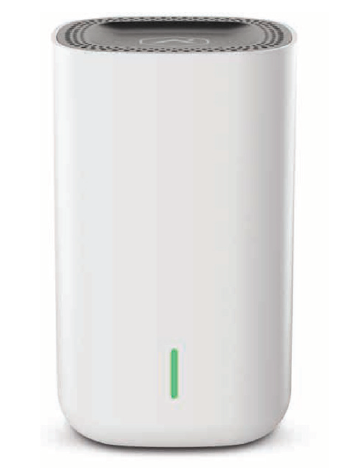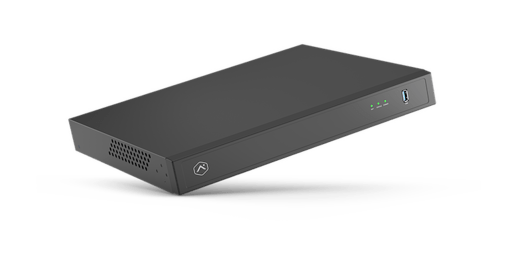Frequently Asked Questions
How do Alarm.com cameras communicate with the SVR?
Cameras communicate with the SVR using the local area network (LAN). This traffic is maintained by the router.
When an SVR recording schedule is saved on the Alarm.com website, it tells the camera to send a constant stream of video for the SVR to record.
How many SVRs can be enrolled on one account?
Up to 10 Stream Video Recorders (SVRs) can be added to a single account. SVRs do not count against the camera limit allotted by your service plan but a separate Extra SVR Support add on is required for each SVR in use.
Can an SVR function without an internet connection?
All SVRs require an internet connection to stream video remotely using the Alarm.com Website or app, but they do maintain some local functionality if the internet connection is lost.
SVRs with local interfaces can play back video to a monitor temporarily if the internet connection is lost.
- SVR-122 has HDMI port for connection to TV or Computer Monitor along with USB port to connect a mouse for control.
Can video be deleted from an SVR?
Video that is saved to the Stream Video Recorder (SVR) cannot be manually deleted for specific time frames. This is to ensure that important data is not removed from the SVR.
Situations where footage is automatically deleted
- When the SVR’s hard drive storage is full. Video is automatically overwritten a full day at a time to make room for newly recorded video.
- When the SVR recording schedule for a camera is deleted using the Customer Website. All previous video recordings from that camera are deleted from the SVR.
Can an SVR record audio?
No. Stream Video Recorders (SVRs) can only record and playback video.
How does the SVR handle recording gaps?
The Stream Video Recorder (SVR) continues to play through gaps in recording but displays an error message indicating that the video device was not recording.
When multiple video devices are playing and only one has gaps, the others continue as normal. If all cameras have a gap at the same time, the error message appears on all streams, and the playback jumps to the next available time that has video recordings.
Can Alarm.com doorbell cameras be associated to an SVR?
No. Alarm.com doorbell cameras are incompatible with Stream Video Recorders (SVR).
Does local SVR playback from an HDMI or VGA cable time out?
Typically, no. Stream Video Recorders (SVRs) with local outputs can play video back to a monitor indefinitely when connected to a stable network. However, network disruptions can temporarily interrupt playback and cause the video to time out.
Note : The ADC-SVR122 cannot output video locally while a user is streaming the playback using the customer website/customer app.

